The planning objective is to sustainably develop exploration, exploitation, processing and use of minerals as construction materials, commensurate with mineral potential, maximally meet the demand for raw materials for construction materials production for the economy , minimize negative impacts on the ecological environment and landscape; form a concentrated, synchronous and effective mineral mining and processing industry for construction materials with advanced technology and modern equipment, in line with world trends.
The planning has resolved problems related to the intersection and overlap between areas/mineral mines for construction materials in the Planning with: Local socio-economic development plans/projects; approved areas where mineral activities are prohibited or temporarily prohibited; planning and licensing of mineral activities for common construction materials in some localities; national mineral reserve areas established by the Ministry of Natural Resources and Environment and planning of mineral types established by the Ministry of Industry and Trade .
By 2030, the mining and processing industry of minerals for construction materials will become a modern industry, thoroughly applying information technology and positioning technology solutions to management and production; limiting construction material production activities that inefficiently use natural resources; applying science and technology, innovating advanced and modern mining and processing equipment associated with a circular economic model, responding to climate change, reducing greenhouse gas emissions; meeting domestic consumption needs and exporting products with high added value and competitive advantages.
In the vision period to 2050, develop the mining, mineral processing and construction materials production industry into a strong economic sector, reaching an advanced and modern level, basically meeting domestic needs; thoroughly apply information technology, artificial intelligence, comprehensively transform technology and equipment of advanced and modern mineral mining and processing facilities according to the circular economic model, green economy equivalent to advanced countries in Asia; end construction materials production activities that inefficiently use natural resources, cause environmental pollution, prioritize the development of green materials, new environmentally friendly materials.
The planning is made for all groups/types of minerals used as construction materials (except for minerals used as common construction materials and small-scale scattered minerals according to the provisions of the law on minerals) on the mainland, islands and continental shelf of the whole country.
The planning subjects for the period 2021 - 2030 include 5 groups classified by purpose of use. Of which, the group of minerals for cement production includes limestone for cement production; clay for cement production; sandstone, basalt, laterite, pozzolan for cement additives. The group of minerals for paving and fine art production includes dolomite, marble, granite, gabbro, basalt, and metacarbonate.
The mineral group for making ceramics and refractory materials includes kaolin, feldspar, white clay, refractory clay, quartz, and quartzite. The mineral group for making construction glass includes white sand, feldspar, limestone, and dolomite. Finally, the mineral group for making industrial lime, typically limestone, dolomite, etc.
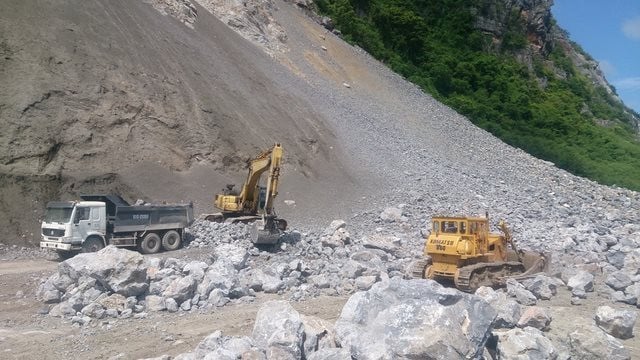
According to Deputy Minister of Construction Nguyen Van Sinh, the Plan includes contents on planning for exploration and exploitation according to mineral groups, accordingly, setting out targets for exploration and exploitation in each period for specific groups of minerals used as construction materials such as: cement; paving stones, fine arts; ceramics, refractory materials; construction glass; industrial lime. In the period of 2021 - 2030, the Plan plans to license and explore 518 mineral areas and grant exploitation licenses for 931 mineral areas; in the vision period to 2050, it plans to license and explore 177 mineral areas and grant exploitation licenses for 931 mineral areas. The total resources and reserves mobilized in the Plan are 26.6 billion tons of minerals and 2.25 billion m3 of paving stones.
Another content is the Planning of processing and use. Specifically, strengthening research on the application of recycling technology, reusing waste from industries, agriculture and other sectors as raw materials and fuel for the production of construction materials, reducing the use of natural mineral resources, and reducing environmental pollution.
In addition, minerals used as construction materials are exploited to provide raw materials for processing and use projects in accordance with the balance of market demand, prioritizing domestic demand, ensuring a harmonious balance between export and import. Particularly for cement and industrial lime, when investing in production projects, it is necessary to plan the main source of raw materials within the planning to ensure sufficient reserves and quality.
In addition, the contents on infrastructure planning orientation and science and technology development orientation have been specifically stated in Decision No. 1626/QD-TTg dated December 25, 2023 of the Prime Minister.
Mr. Dao Cong Vu - Deputy Director of the Institute of Mining and Metallurgy Science and Technology (Ministry of Industry and Trade, the consulting agency for the Planning) said that the Planning has proposed groups of solutions to organize the implementation of the Planning, in which, solutions on increasing resources, investing in modern technological equipment and organizing the implementation of the Planning are important factors to ensure the sustainable development of the construction materials industry, ensuring the environment, ensuring the quality and effectiveness of the Planning, ensuring the management process.
Source




![[Photo] Prime Ministers of Vietnam and Thailand visit the Exhibition of traditional handicraft products](https://vphoto.vietnam.vn/thumb/1200x675/vietnam/resource/IMAGE/2025/5/15/6cfcd1c23b3e4a238b7fcf93c91a65dd)


![[Photo] National Assembly Chairman Tran Thanh Man meets with Thai Prime Minister Paetongtarn Shinawatra](https://vphoto.vietnam.vn/thumb/1200x675/vietnam/resource/IMAGE/2025/5/15/e71160b1572a457395f2816d84a18b45)




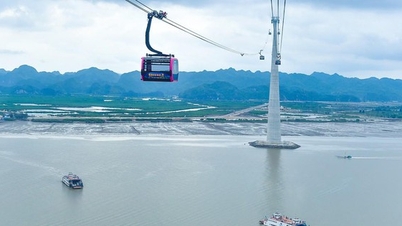



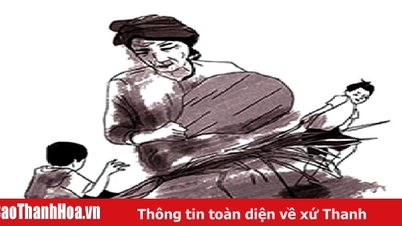
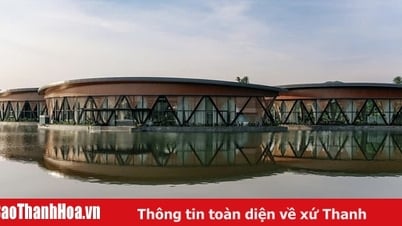







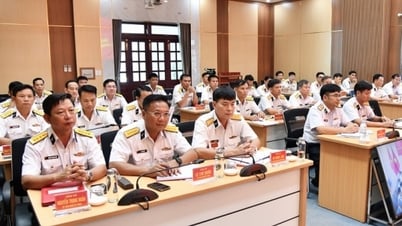
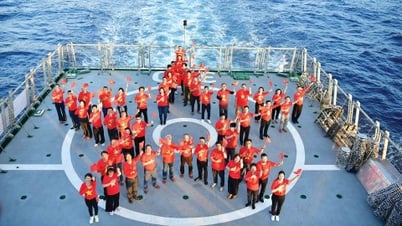




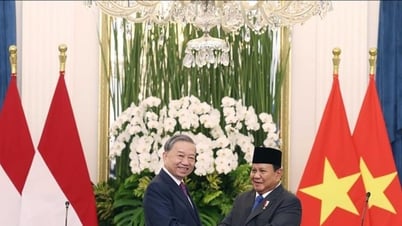
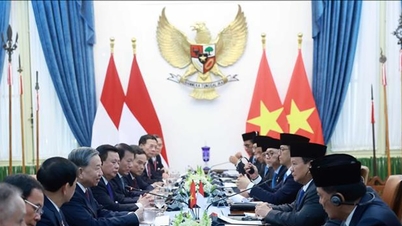

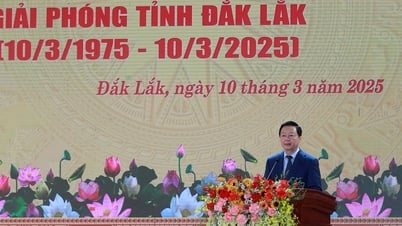
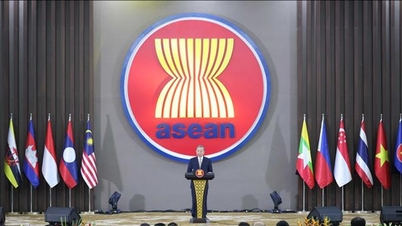

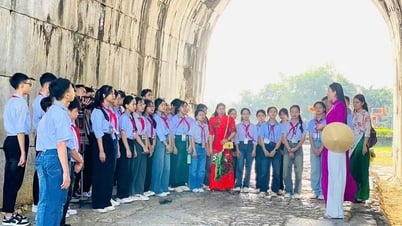

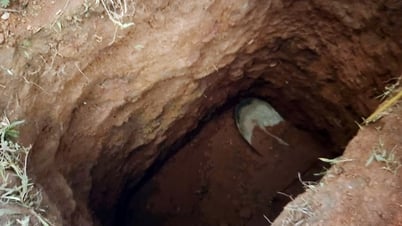
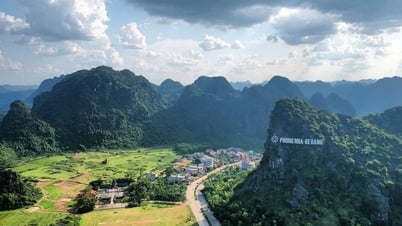


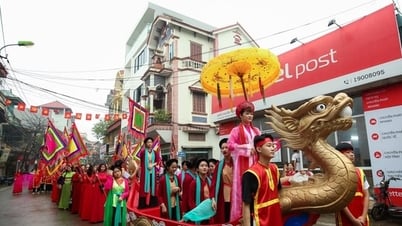



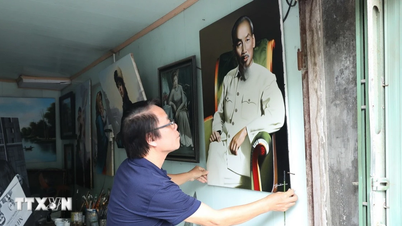
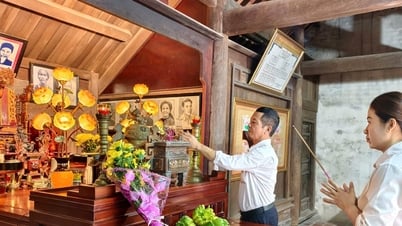





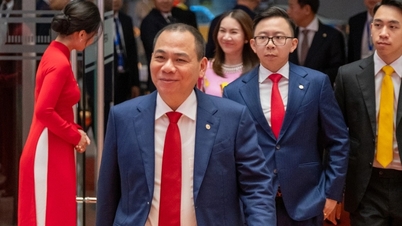

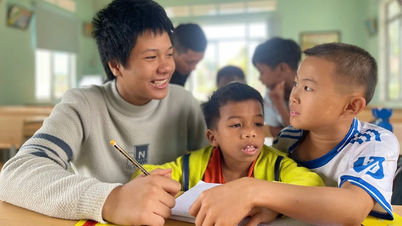








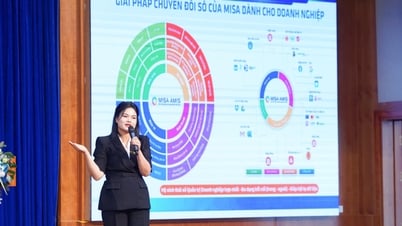

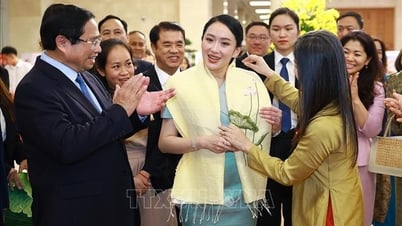

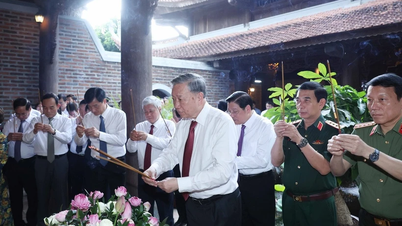
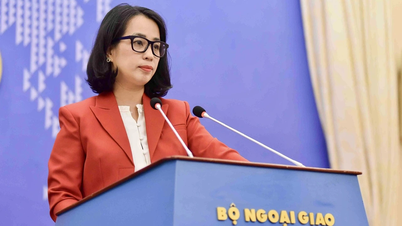
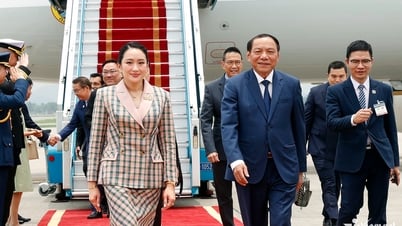
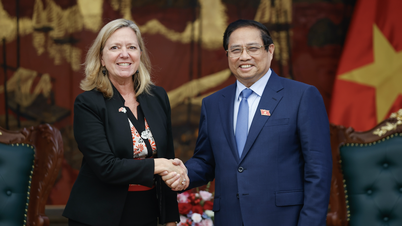


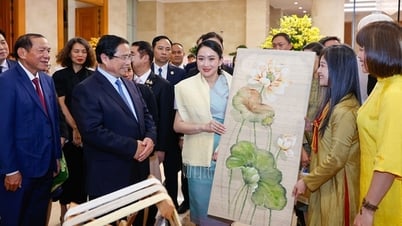


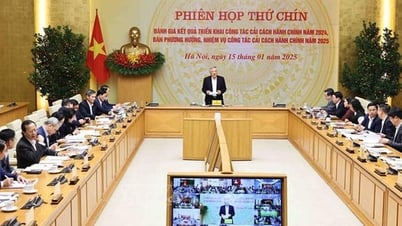
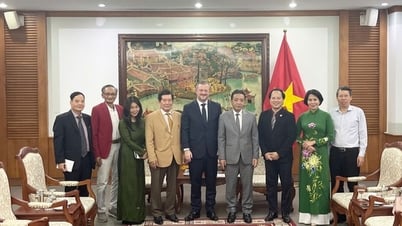
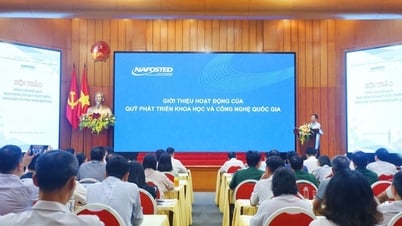

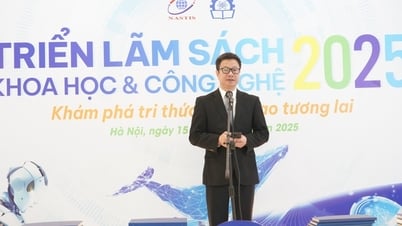
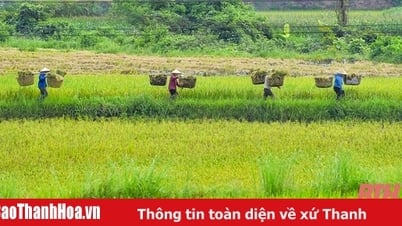

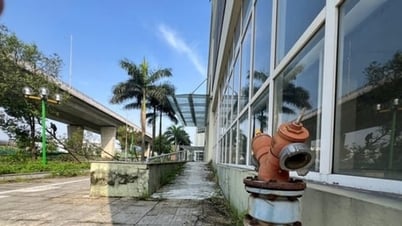
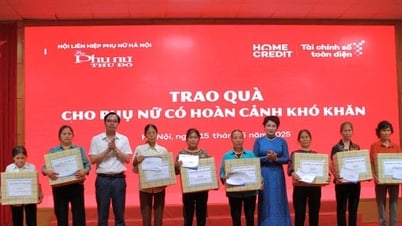

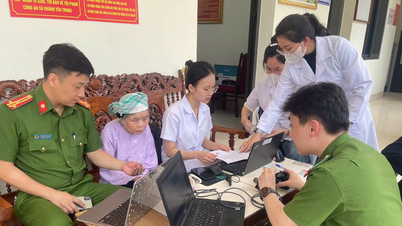





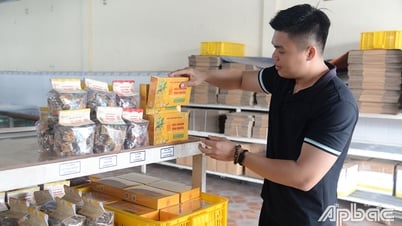

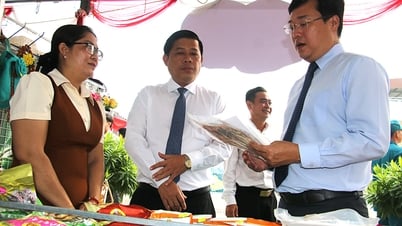
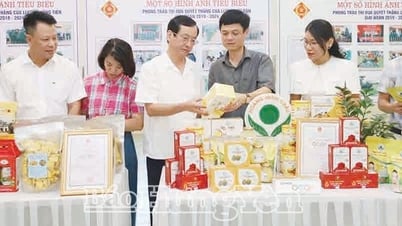

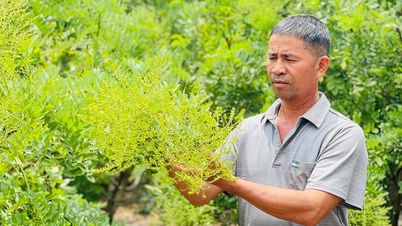
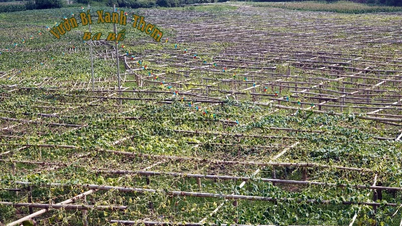

Comment (0)